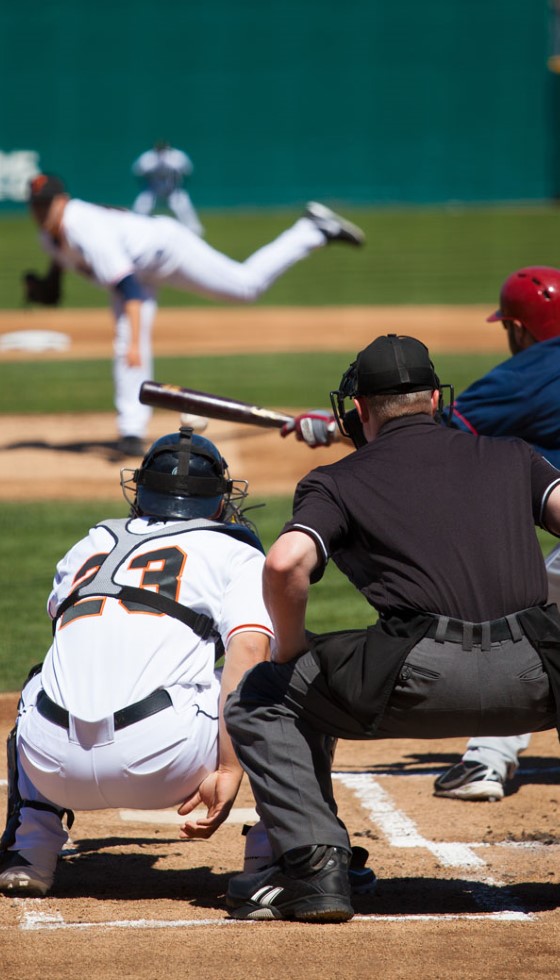
In the ever-evolving world of Major League Baseball (MLB), certain stories capture the imagination more than others. This year's Hall of Fame ballot carries a distinct resonance, not just for the players on it, but also for one sports journalist who is experiencing the exhilarating privilege of casting an official vote for the first time. Beneath the numbers and statistics lies a rich narrative of legacy and change within the hallowed halls of baseball.
The Enigma of Ichiro Suzuki
Among the legends gracing this year's ballot is the indomitable Ichiro Suzuki. Joining MLB at the age of 27, Ichiro defied conventional wisdom by not only reaching, but surpassing the 3,000-hit milestone in America—a testament to his exceptional skill and perseverance. With a .311 batting average and 509 stolen bases, Ichiro has etched his name into baseball lore. Yet, his impact on the game transcends mere numbers.
"There's a 'feel' factor to him," observes the journalist, capturing the essence of Ichiro's influence. The Lofton/Ichiro comparison, as noted by the journalist, beautifully illustrates how the Hall of Fame induction is more than a stats-based decision. It's an acknowledgment of the intangible qualities that separate the great from the transcendent.
The Complexities of the Ballot
Navigating through the Hall of Fame ballot is no simple task, particularly with contentious figures such as Barry Bonds and Roger Clemens on the docket. Their legacies are complicated, marred by debates and controversies that color their illustrious careers. Similarly, whispers of past scandals linger over candidates like Carlos Beltran and Brian McCann, involved in the 2017 cheating scandal, casting shadows on their lofty achievements.
Moreover, the accusations of steroid use that accompany the names of players like Alex Rodriguez (A-Rod) and Manny Ramirez add another layer of complexity. The Hall of Fame voter remarks, "I'm not the sole Hall of Fame voter. I don't get to decide which players get in or are left out," underscoring the collective effort required in honoring baseball's best.
The Shifting Landscape
This year's ballot also highlights a curious trend: a noticeable increase in players from the 1920s and 1930s entering the Hall of Fame compared to the 1980s and 1990s. It opens an intriguing dialogue on how players across different eras are assessed, and how advanced metrics like WAR (Wins Above Replacement) play a role in those evaluations. As one reader questions, "How do you compare WAR for players currently on the ballot with players already in the HOF?" This is a pressing inquiry that challenges voters to balance traditional accomplishments with modern-day analytical tools.
A Case for Félix Hernández
Félix Hernández, another name prominently featured, stands as a symbol of both greatness and contemplation. A Cy Young Award winner and twice a runner-up, Hernández evokes debate on his Hall of Fame credentials. "He's pretty clearly below the Hall of Fame line, basically, but I've been having second thoughts now about not voting for him," admits the journalist. This ambivalence reflects how closely intertwined personal legacy and statistical benchmarks have become in these deliberations.
As the ballot looms large, the journalist's journey offers a glimpse into the arduous process of distilling baseball greatness. Casting a Hall of Fame vote is not merely a dutiful act but a careful weaving of storylines, emotions, and historical context. Each vote is a thread in the rich tapestry of baseball history—one that, as the Hall of Fame voter humbly acknowledges, contributes to a larger chorale of voices echoing through Cooperstown.